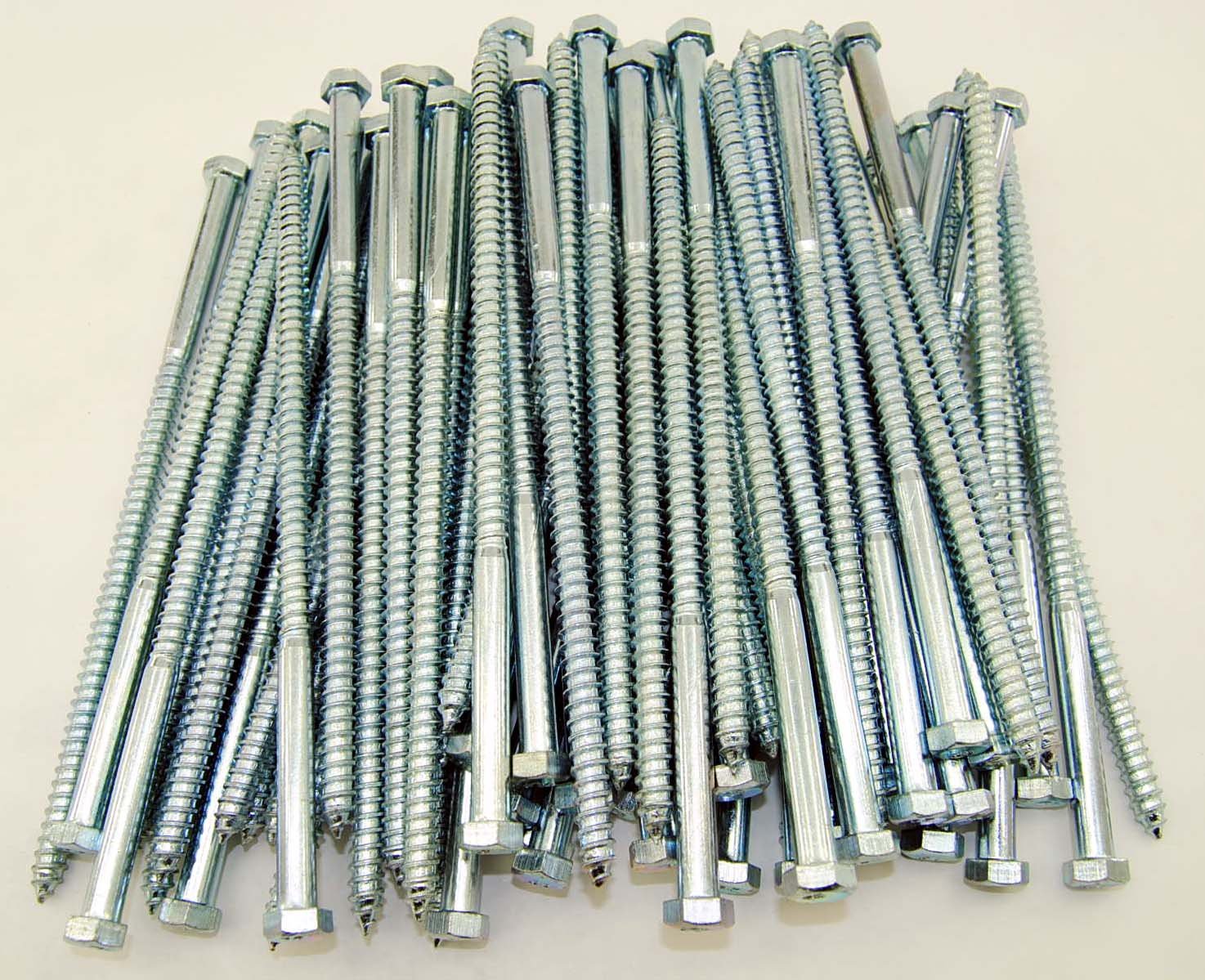Screws are used to secure materials together. Choosing the right size is important so they will hold securely and not tear or puncture the materials. Screws are sized by their diameter, thread count and length.
Screw dimensions are usually listed with the gauge number followed by a decimal and then a fraction for those using imperial systems. There are three essential measurements for selecting the right screw for a project:
Length
Screws come in a wide variety of lengths, from 1/4″ to 5″ or more. The length of the screw affects how far it penetrates into the material, and is one of the three main measurements that define a screw.
When choosing screws for a particular project, it is important to choose the right length. For example, a wood screw that is too long may split the wood or cause it to warp. On the other hand, a screw that is too short may not hold securely in the material.
Screw length is measured from the tip of the screw to its end, excluding the head. This is true for any non-countersinking screw head type, including hex, pan, button, and truss heads. Screws with oval heads are a different matter, however; their length is determined by measuring the distance from directly under the head to its tip or blunt end. This measurement is typically listed in a number system, with larger numbers meaning bigger diameters (for example, #10 means a large gauge and 36 threads per inch). For smaller imperial screws, the number scale begins adding zeroes, from #12 to the super-tiny screws of size #0000.
Diameter
The diameter of a screw affects its strength and ease of installation. It is measured in a unit called threads per inch, which counts the number of thread peaks in one-inch length of screw. Higher numbers indicate coarser threads and lower numbers mean finer threads. For metric screws, the diameter is usually listed in millimeters.
For imperial screws, the first number in a screw size is called the gauge, and the second number is its length. For screws with heads that rest flush against the surface such as wood screw countersunk head types, the length is the full distance from where the head rests to the tip of the threads.
Engineering Toolbox has a handy chart that shows screw gauges and their decimal equivalents. The chart also includes a conversion to metric sizes. In clinical trials of pedicle screws for osteoporotic vertebrae, researchers have found that larger-diameter screws provide better fixation at the time of implantation. However, they have not shown improved long-term stability compared to smaller-diameter screws.
Threads
The threads on screws have a specific pitch, the distance between them. This can be a coarse or fine thread, depending on the standard. Coarse threads tighten faster and allow for a lower shaft diameter, while fine threads take longer to tighten but deliver greater strength.
In the United States, there are various standard thread profiles. The Sellers thread, which is easier for machinists to produce, became the dominant US standard in the 1860s and 1870s. However, by the end of that decade, continental Europe was leaning toward metric standards and eventually created the International Organization for Standardization.
While many industrial manufacturers still use the Sellers thread, UTS and ISO metric threads have now largely displaced it in the United States. Screws and bolts with mismatched thread pitches may not fit into a threaded hole correctly, which can result in damage to the threads or screw. This can lead to leaking, loosening, or even failure of the screw.
Material
Screws are incredibly versatile and can be used in a wide range of projects, from woodworking to metal roof installations. However, it’s crucial to select the right screw for each job – choosing the wrong one can split wood or compromise the soundness of a structure. In order to ensure that your screws are of the highest quality, it’s important to understand three key measurements; length, gauge, and threads per inch.
This guide will explain these terms and help you choose the best screw for your project. It will also look at the various types of screws, including masonry, concrete, deck, drywall, and machine screws, along with their intended use.
Typically, screw size is indicated by three figures – the first is the gauge (also known as pitch), the second is the diameter and the third is the length in inches or millimeters (usually prefixed with M). In Austrlia it is common to use the imperial system however most hardware stores offer both systems.5/16 lag bolt pilot hole



